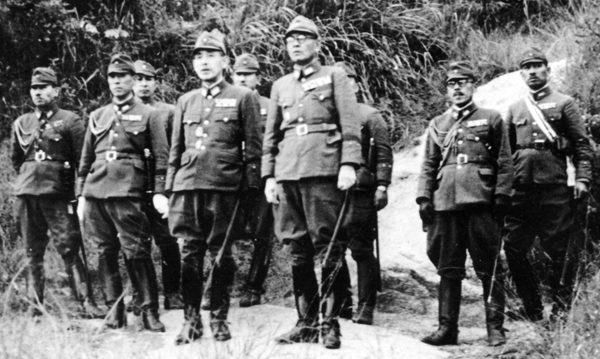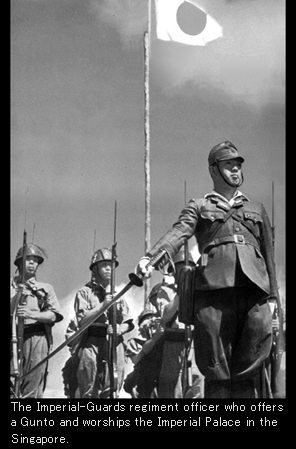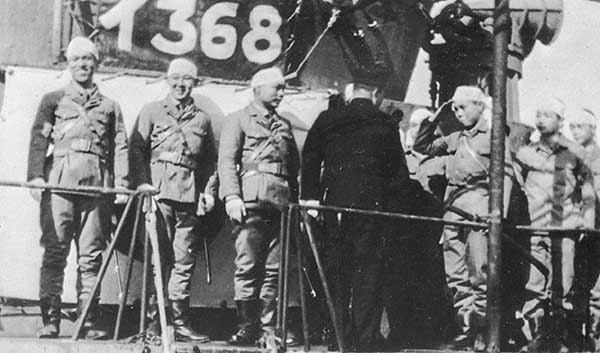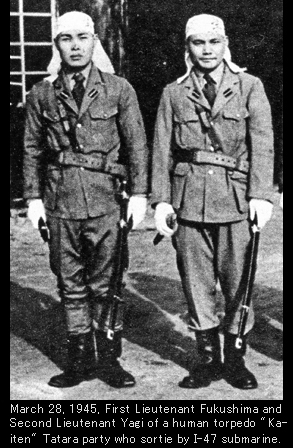
Hata supreme commanders and staff officers who will inspect the 6th direction army at China in 1944

 |
Mr. Kōson Honami of the judge of
swords who went out for the Manchuria after the Manchuria incident has declared "If it is fighting a close fight, Japanese sword is more advantageous than a pistol". It is the point of an argument "he can cut the Guntō of a Japanese sword earnestly as long as a Peg or Mekugi continues, and as long as physical strength continues although there is a limitation in the cartridge of a pistol". A modern warfare does not reach for saying but the validity of the sword in the systematic battle after a Warring States term etc. is a talk in the world of storytelling which is not in mind. This of people who call the specialist of a sword is the actual condition, and such a thing promoted some military men's Guntō delusion. Just this is called anachronism. There was a Sadao Araki full general on this extension. I cannot think that this idea was the large number of people of the upper levels of a military. The Tomoyuki Yamashita full general was in General Araki's opposite poles. When General Yamashita, the thorough rationalist, called it something, he wanted to remove a Guntō and troubled the close-attendants staff officer. |
 The suicide attack pilots of a human torpedo "Kaiten" who sortie by I-368 submarine. They carried the Guntō to the fellow traveler of death. |
 |

| ← Table of contents About a Guntō | Suicide attack unit Greeting → |